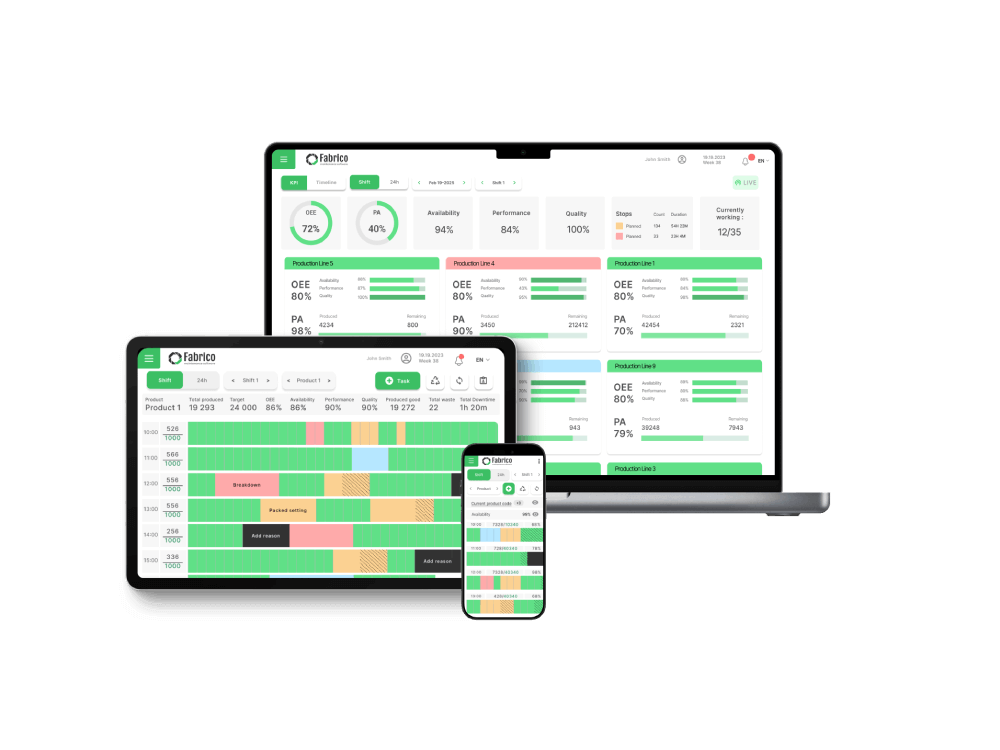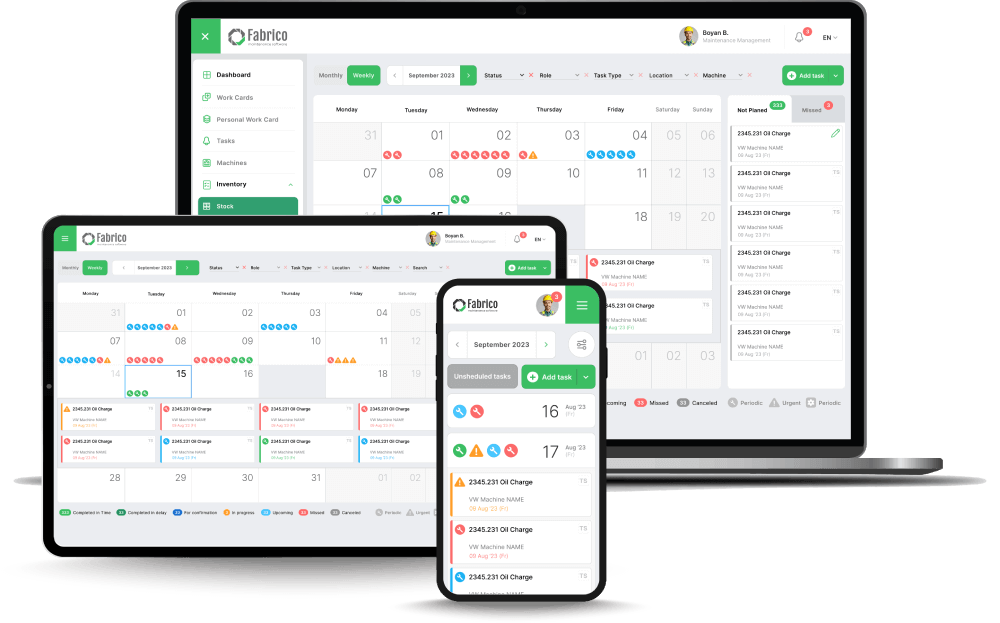The industrial environment presents unique challenges. We're talking about complex, expensive equipment often operating under demanding conditions. Uptime is critical, unplanned downtime is incredibly costly, and adhering to strict safety standards is non-negotiable.
This is precisely where standard approaches reach their limits, and the need for a specialized solution becomes clear.
Industrial maintenance software, often referred to as a CMMS (Computerized Maintenance Management System) but specifically tailored for production needs, is more than just a tool – it's a strategic partner.
It helps you move from constant "firefighting" to proactive management, control, and optimization. In this article, we'll explore exactly how this type of software helps tackle key challenges, what its essential functionalities are, and the real benefits you can expect.







